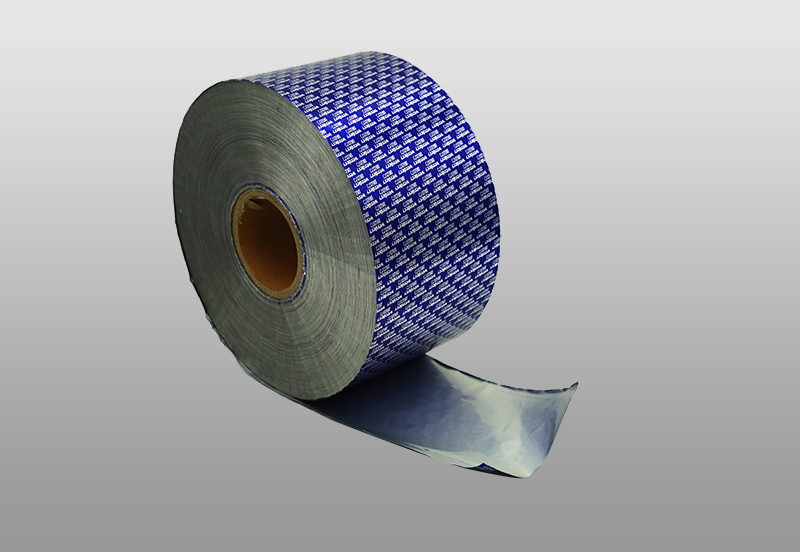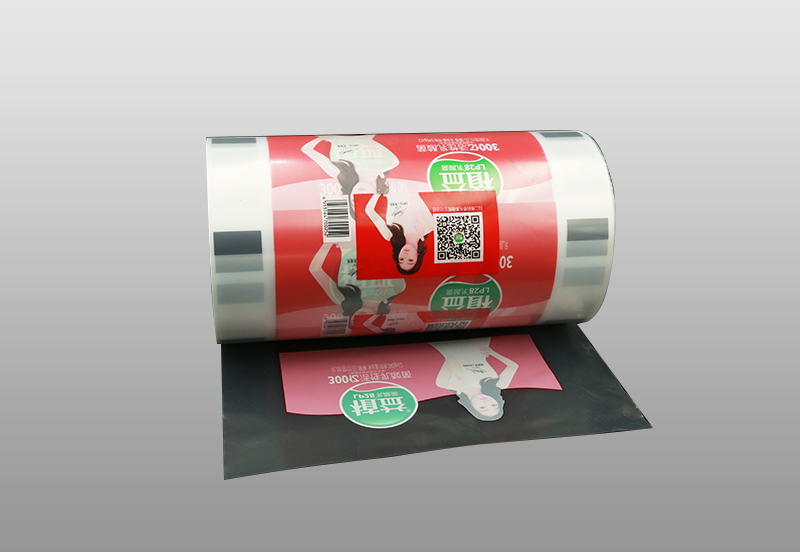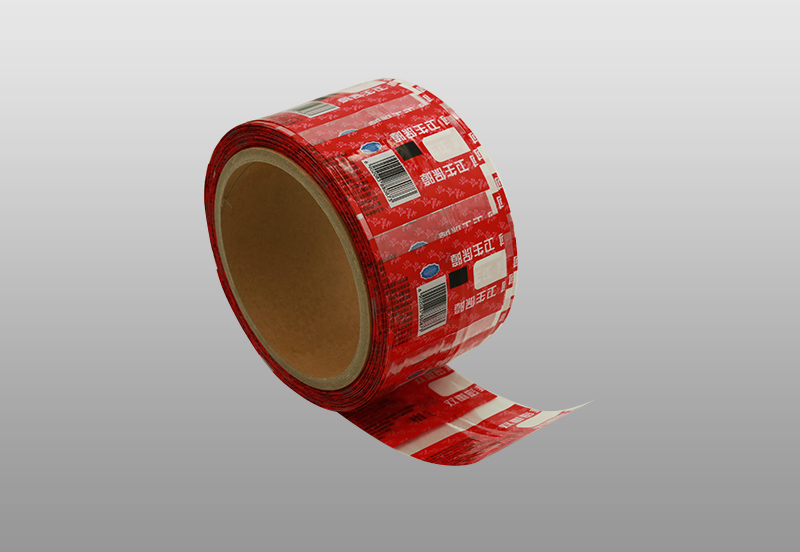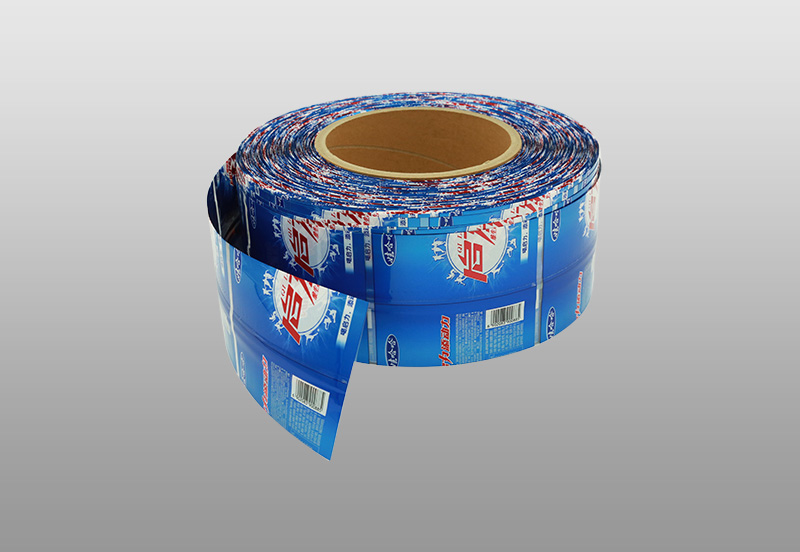Because the heat shrinkable film is a kind of thermoplastic film that is stretched and oriented during the production process, but shrinks by heat during use. Therefore, no matter which printing method is used for printing, before the design of the surface pattern, the horizontal and vertical shrinkage of the material, as well as the allowable deformation error in each direction of the decorative graphic and text after shrinking, can be taken into account to ensure that the pattern, Accurate restoration of text and barcode.
Pattern direction
Regardless of whether the heat-shrinkable film adopts gravure printing or flexographic printing, its printing is mainly in printing, and the direction of the pattern on the printing plate should be positive. Nowadays, there are also surface-printed shrink films. In this case, the pattern direction on the printing plate should be reversed.
Pattern level
Limited by the shortcomings of flexographic printing, if the shrink film adopts flexo printing, the level of the image should not be too delicate, while the use of gravure printing can require richer levels of the image.
Size design
The transverse shrinkage rate of heat-shrinkable film materials used for printing is 50%-52% and 60%-62%. In special cases, it can reach 90%, and the longitudinal shrinkage rate is required to be 6%-8%. However, when the film shrinks instantaneously, the horizontal and vertical directions cannot be completely contracted due to the limitation of the container. In order to ensure the accurate restoration of the pattern, text and bar code after shrinking, the shape of the container must be considered, and the correct size and size must be calculated according to the actual situation. Deformation rate. For heat-shrink labels that need to turn the sheet-like film into a cylindrical shape and use an adhesive to seal the overlapped parts together, it is necessary to pay attention to generally not design graphics and text on the sealing part, so as not to affect the bonding fastness.
Bar code placement
Generally, the placement direction of the barcode must be consistent with the direction during printing, otherwise the lines of the barcode will be distorted, which will affect the scanning result and cause misreading. In addition, the color selection of label products should be based on spot colors as much as possible, and the production of white version is necessary, and it can be made into full or hollow according to the actual situation. The color of the barcode must follow the general requirements, that is, the color matching of the bar and the space must comply with the barcode color matching principle. Printing material selection. The printing of heat-shrinkable labels has been briefly analyzed above. In addition to controlling the printing process, the material plays a decisive role. Therefore, choosing the right material is the key. Determine the thickness of the film material according to the application field and cost of the heat shrinkable label, the characteristics of the film, shrinkage performance, printing process and labeling process requirements. It is generally required that the film thickness of the shrink film label should be 30 microns-70 microns, with 50 microns, 45 microns, and 40 microns more commonly used, depending on the labeling performance of the labeling equipment. For the selected label material, the shrinkage rate of the film material is generally required to be within the application range, and the transverse direction (TD) shrinkage rate is higher than the longitudinal direction (MD) shrinkage rate. The transverse shrinkage rate of common materials is 50%~52% and 60%~62%, and can reach 90% under special circumstances. The longitudinal shrinkage rate is required to be 6% to 8%. In addition, because the shrink film is very sensitive to heat, high temperatures must be avoided during storage, printing and transportation.
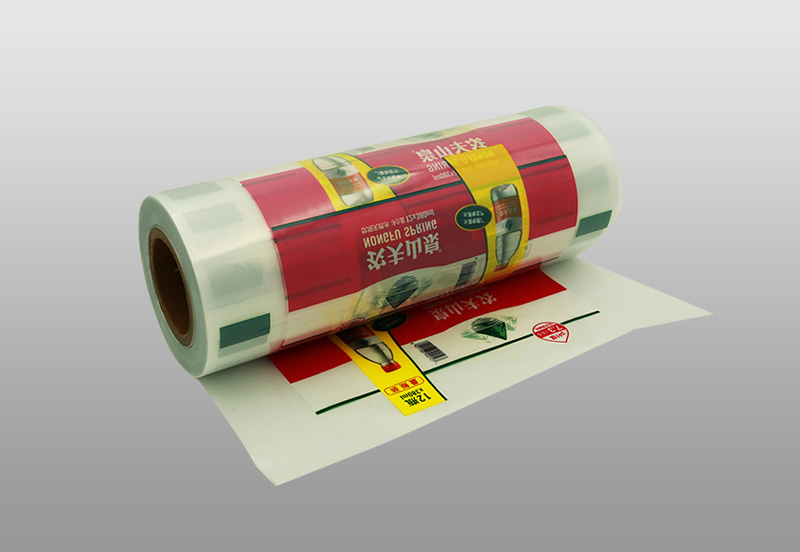

 English
English Español
Español русский
русский 简体中文
简体中文